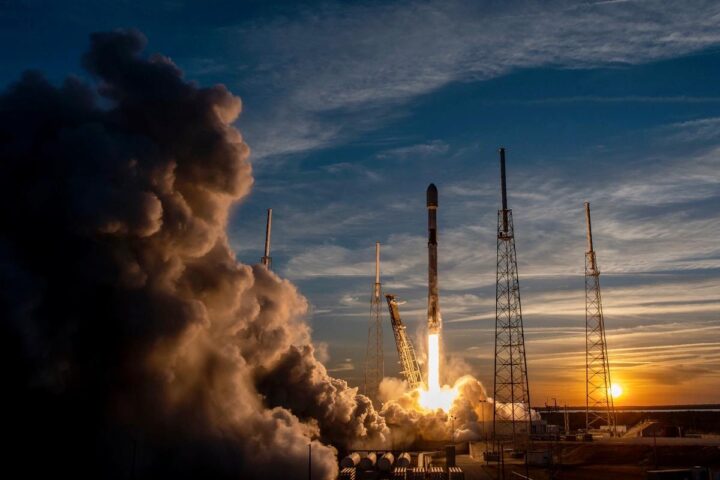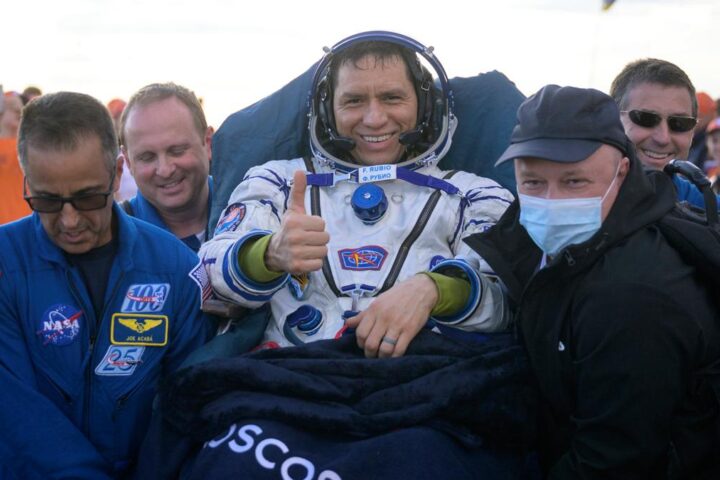Emerging research has unveiled a fascinating connection between severe space weather events, such as solar flares, and the disruption of birds’ navigational abilities during their lengthy migrations.
In prior studies, it was established that birds, along with numerous other animals, rely on Earth’s magnetic field for navigation, particularly when they are in flight during the night. However, the disturbance caused by solar events not only interferes with the planet’s magnetic field but also gives rise to captivating auroras, posing challenges for birds trying to navigate during these events.
The recent study delved into this phenomenon by scrutinizing data from 37 NEXRAD Doppler weather radar stations, which are adept at detecting clusters of migrating birds, along with information from ground-based magnetometers. This comprehensive dataset covered 23 years of bird migration across the expansive U.S. Great Plains, a migratory hotspot spanning approximately 1,000 miles (1,600 kilometers) from North Dakota to Texas.
Daniel Welling, a space scientist at the University of Michigan, described the challenge of distilling this extensive dataset into a geomagnetic disturbance index for each radar site. He emphasized the meticulous process of assessing data quality and validating the final data product to ensure its suitability for the study.
The painstaking effort yielded valuable results. Researchers uncovered that severe space weather events led to a notable reduction in the number of migrating birds in this region, with declines ranging from 9 to 17 percent. Additionally, they observed an increase in the incidence of birds becoming disoriented during migration, a phenomenon known as migratory bird vagrancy.
Eric Gulson-Castillo, a doctoral student at the University of Michigan’s Department of Ecology and Evolutionary Biology and the lead author of the study, emphasized the significance of these findings. He pointed out that animal decisions are intricately tied to environmental conditions, including those imperceptible to humans, such as geomagnetic disturbances. These behaviors, in turn, exert an influence on population-level patterns of animal movement.
Remarkably, severe space weather events can also disrupt human navigation. Solar eruptions have the capacity to interfere with satellite communications, affecting technologies like GPS. As the sun approaches the pinnacle of its 11-year solar activity cycle, anticipated around 2025, more extreme space weather events may be in store. However, akin to Earth’s weather, space weather remains unpredictable, with forecasts subject to rapid changes.
Disclaimer: The views, suggestions, and opinions expressed here are the sole responsibility of the experts. No Zoomer Zest journalist was involved in the writing and production of this article.





